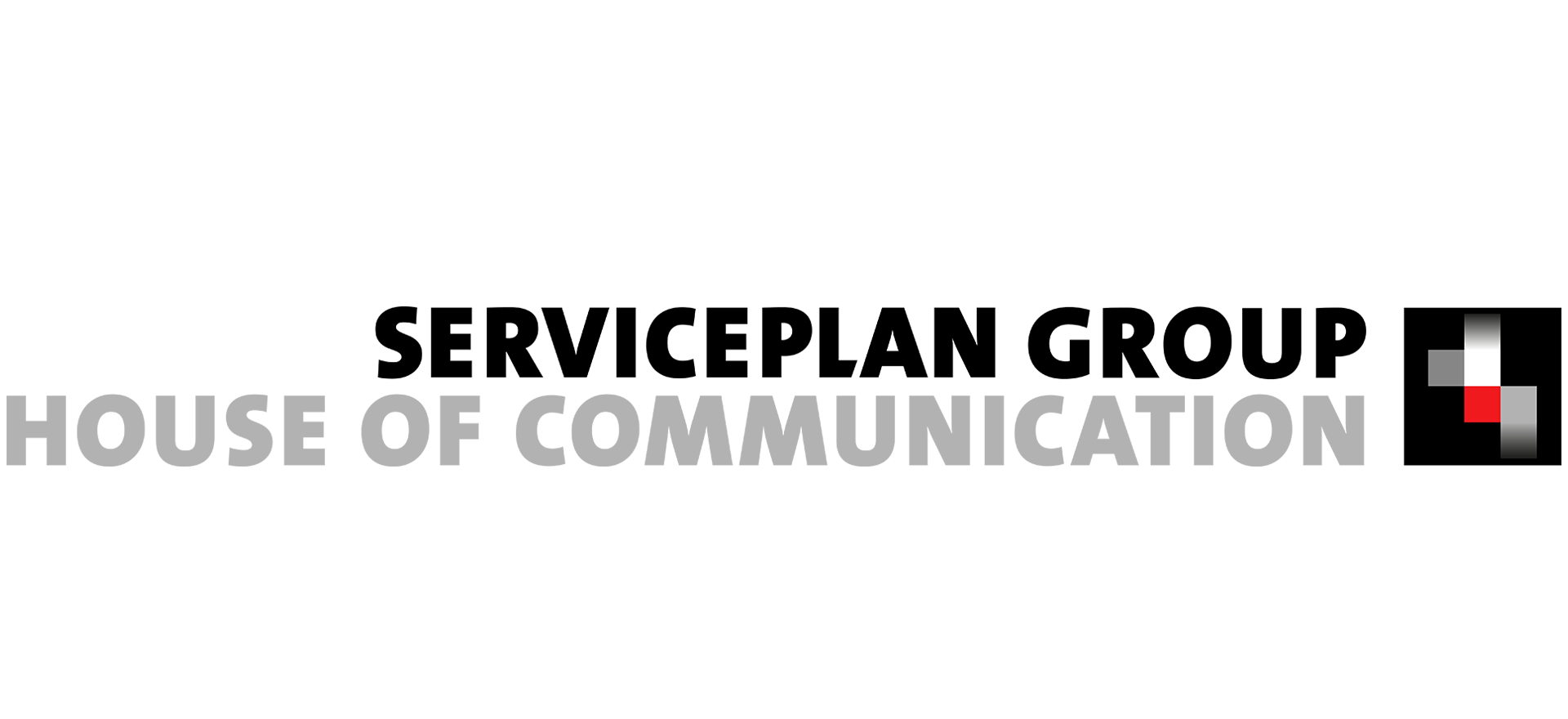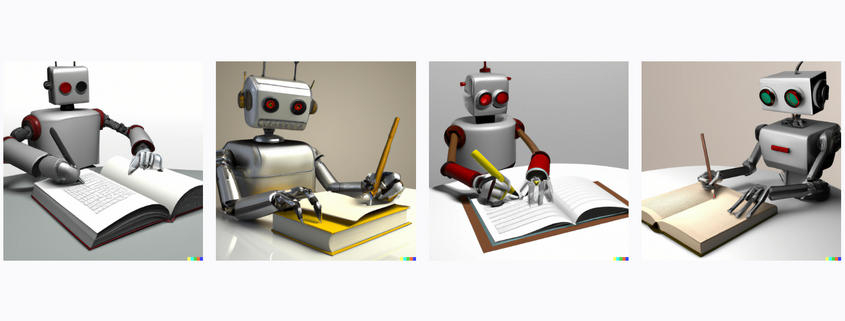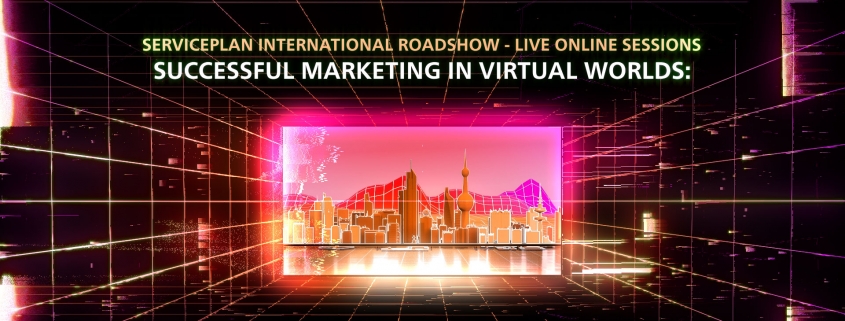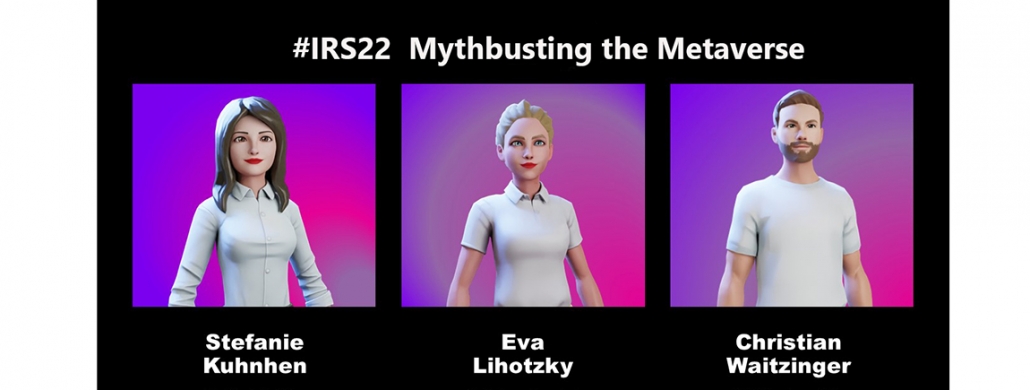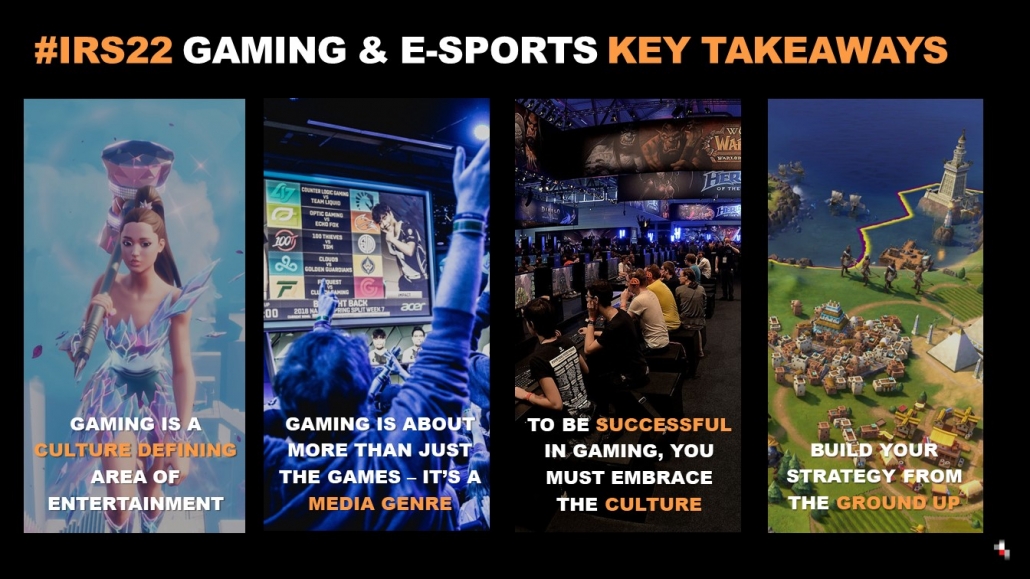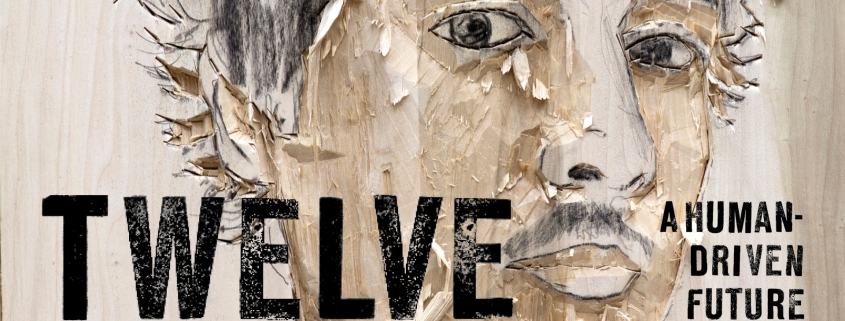“Particularly for younger generations, forwards is the new up”, says Dr Jens Thiemer, Senior Vice President Customer & Brand BMW at the BMW Group. But how fast do brands these days actually have to be if they want to be among the best – and when should they take their foot off the gas? Wolf Ingomar Faecks, Managing Partner of the Serviceplan Group, sat down for an interview with Dr Jens Thiemer to find out.
WOLF INGOMAR FAECKS: Does the “higher, faster, further” principle still apply today?
JENS THIEMER: Status thinking in society is changing, that is something we are seeing more and more. Particularly for younger generations, forwards is the new up. This means that we are seeing a trend away from social climbers and towards social drivers – who want to give something back to the world and who see themselves as part of a society with a shared sense of purpose. So BMW is no longer just about being the best in the world but also the best for the world. We move people, touch hearts and inspire minds. That is how we see our leading role.
Is the ‘fear of missing out’ – FOMO for short – something that should make me throw caution to the wind in a digitalisation context?
JT: When it comes to digitalisation, we need to be curious and attentive – but not necessarily cautious or conservative. As much as digitalisation propels us forward, it also creates many rewarding challenges, but, in some cases, risks as well. Hacker attacks, data theft and data misuse reached an all-time high during the coronavirus pandemic. Here at BMW, all data is treated with maximum care and confidentiality. And as far as FOMO is concerned: we encounter new hypes and trends in a digitalisation context on a daily basis. People should always ask themselves why they seem to be suffering from FOMO. What exactly could they be missing out on? Have they already understood it completely? What role does it play for other decisions? And then they should carefully weigh up whether they should join in.
How do you decide if something is just hype or a real trend that needs to be followed?
JT: First of all, we analyse very thoroughly – across all sectors – where a movement stems from, which environment it emerges in and who is the first to latch onto it. Many ‘hypes’ are already eliminated at that point because they don’t align with our company orientation and strategy. If a hype offers potential for a brand, you should see how quickly it develops into a more stable trend and how fast other players jump on the bandwagon. And you shouldn’t be afraid that the trend will break or flop. That can happen. Two years ago, the Clubhouse app was an example of us being active relatively early on here in Germany – simply because the platform had great potential for becoming a trend. Many high-profile personalities were on board from the outset. As we have seen, the trend didn’t last as long as expected or perhaps it just still needs more time. In this case, you have to respond so that you don’t use resources unnecessarily.
Speed is a key success factor today but is it also relevant for the sales model, innovations and customer centricity?
JT: Speed has a certain relevance for our processes because they force us to reduce them to the bare bones and avoid any unnecessary elements. Otherwise, you’re just not fast enough. Perhaps you could weigh up the importance of speed in these processes. With innovations, speed is the key factor for staying ahead of the pack. If you’re fast, you’ll set the pace for an entire industry. In the context of a sales model, speed is also growing in importance from a customer perspective: transactions are required everywhere and customers expect them to be simple, short and smooth. By contrast, customer centricity is initially an attitude that calls for certain conditions and that needs to be fleshed out with data in order to gear processes to them optimally. This is only indirectly related to speed. However, you should not underestimate the mindset shift that needs to take place within a company for it to have genuine customer orientation. This takes time and needs to be put into practice constantly and exemplarily.
What risks and advantages does speed have in a company – and also on the roads?
JT: BMW drivers enjoy putting their foot to the floor every now and then. But only if the situation permits high speeds, of course – and with the aid of all kinds of technically conceivable driver assistance systems. But the fun in driving a BMW is not down to the speed itself – drivers and their passengers also enjoy cruising at moderate speeds. In a company, speed allows you to attain competitive advantages faster than others, but also harbours the risk of being inaccurate and making mistakes. But that’s something you just have to take in your stride.
Is speed one of BMW’s corporate goals?
JT: Speed is not an end in itself. It resonates in everything we do as a matter of course. We speed up our processes, avoid anything unnecessary and set clear priorities. This affects in particular our development process, our innovation speed throughout the entire company and our internal decision-making processes. So with that in mind, our goals can definitely be said to boost speed indirectly.
Does speed conflict with your other company objectives?
JT: These things go hand in hand. Some need to be done very quickly, while others need time to grow. That doesn’t mean they are conflicting, though, but evaluated differently depending on the objective.
What do you see as being the three main things that prevent speed?
JT: Long discussion and decision-making channels. Fundamental risk aversion. People failing to look beyond their immediate surroundings in a bold, reflective way.
How can BMW step up the pace against automotive disruptors like Tesla and Nio that have a D2C sales model?
JT: In the automotive industry, there are now many young, fast companies that are willing to take risks and have hardly any structures in place at all. This allows flexibility and room for experimenting and exploring entirely new ground. BMW is a group that has more than 100 years of experience. Here, decisions sometimes take longer to make but we have demonstrated in the past that these were often the right decisions. And we will stick to this course: long-term, customer-oriented thinking with a technological focus – ‘tech magic’ and ‘human-centric’. However, the competition is continually urging us to be even faster, even more resolute and to make even more of an impact.
Is D2C the only way forward?
JT: As well as improving the customer experience again, direct sales have many other advantages, of course. In particular the direct access to customers and omnichannel, i.e. the ability to facilitate transactions at any sales touchpoint, digital or physical. As well as this, there is a non-negotiable fixed fair price for products so that customers no longer have to look for discounts and special offers, which is simply no longer feasible for a premium product these days. In this way, we will also reach our ambitious goal of having 25% online sales by 2025. We are doing this together with our strong dealership network, which has been involved in the process from the outset. That is how we want to move forward. But of course even a conventional wholesale model can be optimised digitally. Constantly improving processes and achieving better results are the important factor here.
By claiming not to “do sustainability at BMW” but rather to “make BMW sustainable”, the company has a strong ethos when it comes to sustainability. Does this approach need more speed than before?
JT: First and foremost, this approach needs transparency and trust. Sustainability is an area that requires a lot of substance and even more resoluteness. And it also needs lots of communication and explanation, both internally and externally. Superficiality must be avoided at all costs or you will lose credibility. In many cases, loss of credibility comes from companies communicating too much too quickly and then not being able to deliver on it. This is why it’s much more about honesty than speed. How is a company faring with its sustainability efforts? What have we already done and what have we not been able to do? The ideal here is to do what is technologically possible at any given time. And every now and then, to point to the lofty heights we are aiming for in the future. Our BMW i Vision Circular shows here how wide-ranging and resolute our thinking is when it comes to sustainable and, above all, circular mobility. It conveys our aspiration to be the pioneers in developing a circular economy. We deliberately said: “This is our vision for 2040 and that’s where we are actively headed.” Of course, it stands to reason that we still have to work relatively quickly on sustainable solutions during this journey. Even though the steps there still appear too small, someone needs to take the lead.
Are speedboats useful as pilot projects before the regulatory process is changed?
JT: A speedboat (or small-scale project) is an excellent way to explore changes on a small scale to begin with and gauge the effects. This cuts down on both time and stress. It is much easier to adapt individual parameters far more quickly and to set the slider so that it is suitable for the entire process at the end. However, it needs to go beyond the pilot project stage. I’m a great advocate of scaling and transitioning quickly into full size.
Is the speed just as fast in different verticals?
JT: No, it’s not. And I find that normal as well. Whoever is faster should run ahead. A simultaneous end-to-end responsibility across all vertical streams will then gradually allow everything to sync up. In this way, we create common reference points and ensure that each stream delivers the right thing at the right time. That is the basis for any real customer orientation: everyone knows automatically what they have to do at any given point in time.
What role does speed play in the new performance marketing agency model tailored specially to BMW?
JT: One of the main reasons for implementing the new performance marketing agency model was definitely to increase the speed with which we engage in relevant communication with our customers and offer them our products and services. By significantly reducing the number of agencies and creating a customised solution for our activities all over Europe, we have improved our options here. The Marcom Engine construct is geared towards inherently holistic performance marketing, which generates genuine business impact in a data-based and customer-centric way and produces the best customer experience in our category. The increasing automation and digitalisation of our work processes will be instrumental in increasing speed. Needless to say, the changeover involves a lot of work and, at the beginning, will actually slow down the pace until the transition to the new set-up is complete. The transformation process – i.e. the changed work processes – also requires more management capacity and time to begin with. But we are already seeing enormous synergy effects and efficiencies and, at the same time, a high level of innovation, which makes our customer communication and interaction faster and better.
What kind of risk management is used here?
JT: This change requires us to operate on two fronts simultaneously. While we are working on the transformation, we are also focusing on our current core processes and ensuring that they continue to work smoothly and that we deliver the same high quality as always. A proper planning process and a well thought-out transition plan ensure that the change will be smooth and that there will be a proper handover. At the same time, this is the best risk management.
Are transformation processes slowing down the sales process?
JT: I have no doubt that they help to initiate transformation processes and organisational adjustments. However, in large corporate groups, this often happens at different times. At all the various levels of sales, people need to be won over, processes changed and the organisational structure optimised. The time offset sometimes causes problems in the system, meaning that the new unknown element has to make room for itself first. Pilot projects or support from individual markets can help here. In many cases, external impetus from new competitors or other sectors is needed to set internal change processes in motion, helping us to evolve and optimise our business. You also need to be able to ride this out if necessary. Of course, this calls for a well coordinated transformation and the right communication within the company.
Thank you for talking to us!
This interview first appeared in TWELVE, Serviceplan Group’s magazine for brands, media and communication. Read more exciting articles, essays and interviews by and with prominent guest authors and renowned experts in the ninth issue under the central theme “Speed! The Winning Factor in the Digital Age“: https://sp-url.com/twelve23-lp-en.
